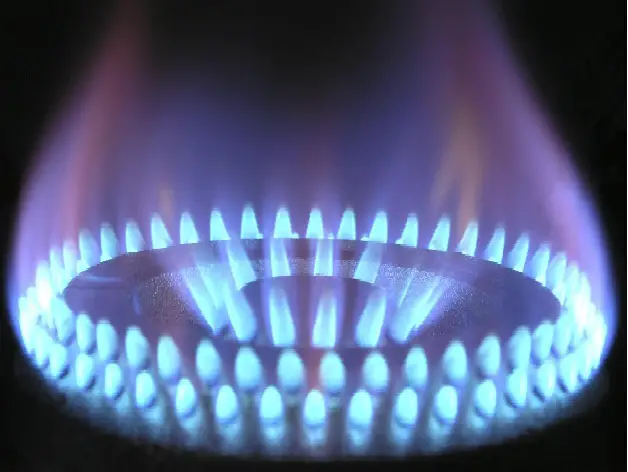On Wednesday, Gas Infrastructure Europe (GIE) released a report which showed EU underground storage facilities of natural gas have fallen below 65% of capacity.
According to GIE, reserve levels have fallen below the levels seen at this time of year in 2020, despite both concerted efforts to conserve gas, primarily at the expense of industrial demand, and an exceptionally mild winter which has greatly reduced household consumption.
Gas reservoir levels stood at 64.81% full as of February 15th, holding overall volumes of 70.55 billion cubic meters (bcm). According to the data, in Hungary, inventories fell to 51.45%, French inventories fell to 50.43%, and Latvian inventories fell to 40.83%.
Storage levels continue to offer some cushion to Europe. However should a March cold snap deplete the reserves, or should Chinese demand recover suddenly, analysts warn gas prices could soar to record highs all over again.
In its report, GIE predicts that the winter will see underground reserve inventories fall by 60 bcm, to a total of 40 bcm. That would be roughly 8% lower than the level gas stocks have averaged at for the last five years.
Ursula von der Leyen, the head of the European Commission, had claimed in January that the EU had cut its importation of Russian gas by 80%. To replace the lost supply, the EU purchased highly priced shipments of Liquified Natural Gas (LNG) from Qatar and the US, and increased its pipeline imports from Norway and Azerbaijan. By the third quarter of 2022, this had triggered a spike in European natural gas prices, as well as Asian spot LNG prices.


